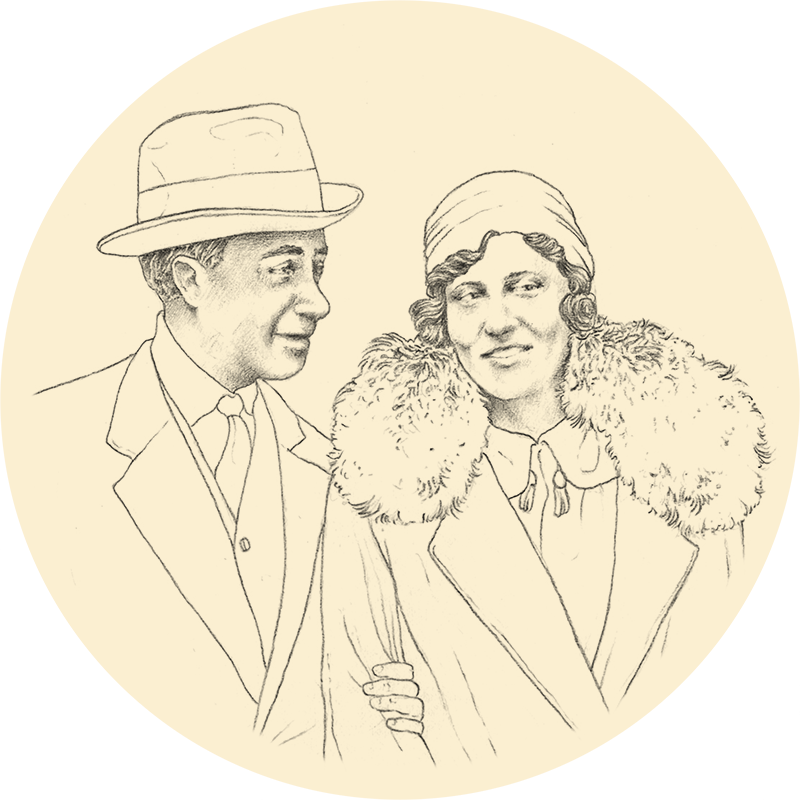You cannot fight your own obsessions; it’s a losing battle. You just have to go with them. And hopefully share them, which is what happened to you, Antonio. After all, what would your life have been like had you never met Marieda? With whom would you have started to collect remnants of beauty, glimpses of visions?
You were a young engineer from Novara, who survived the Great War on an airship crew, and then two years in Budapest, on the railroad. A technician, of the pure variety. In an era in which technique did not exclude an artistic bent: you loved music, played the violin, and had an interest in art. As was the prerogative of the engineers of “noster politeknik,” as your contemporary, the engineer and artist Carlo Emilio Gadda, fondly called the school.
You wanted to embark on a military calling, like your father. Then, on vacation in Val Sesia, you met Marieda. The same passions, the same worldview. Yours was the love of a lifetime, shared to the very last day. Marieda had inherited a passion for art from her father, Francesco, another concrete man, a constructor of buildings, but also a collector of precious objects and works by the Novecento group, a movement encouraged in those years by Margherita Sarfatti. A man of business and taste, he was building a new development in the neighborhood of Corso Buenos Aires, thus christened a few years earlier by the mayor, during the Universal Exposition of 1906.
Houses for the entrepreneurial class, the new Milan bourgeoisie that couldn’t find room inside the bastions occupied by the old aristocracy that lived off its legacy of status. Quality apartment houses, to put on the market, because as the French say, “when real estate moves, the economy moves.”
While he was at it, Francesco also made an entire building for his family, on Via Jan: five children, five floors. An apartment for each. He called in Piero Portaluppi, the cult architect in those years for the cream of Milanese society, to design it.
You got married in 1927. You lived your whole lives on the second floor of that elegant and rather eccentric building, with that corner bow window that hinges the masonry enclosure clad in precious marble. You, Marieda, loved ceramics. You had taken lessons in the studio of Luigi Amigoni. It was your obsession. It was useless to resist, so you just went with it. You would have liked to open a school, to have a kiln, as you told the daughter of Amigoni, Migno, your friend since the Thirties. Also because places for firing clay were a true rarity in Milan. One had to go down to the Conchetta, on the Naviglio Pavese, to Curti, which had moved there from Ripa di Porta Ticinese during the previous century (before that the firm was at the columns of San Lorenzo. A historic kiln, Milanese artisans for half a millennium, who made bricks, tiles and friezes seen all over, from Ca’ Granda all the way to the Certosa of Pavia).
